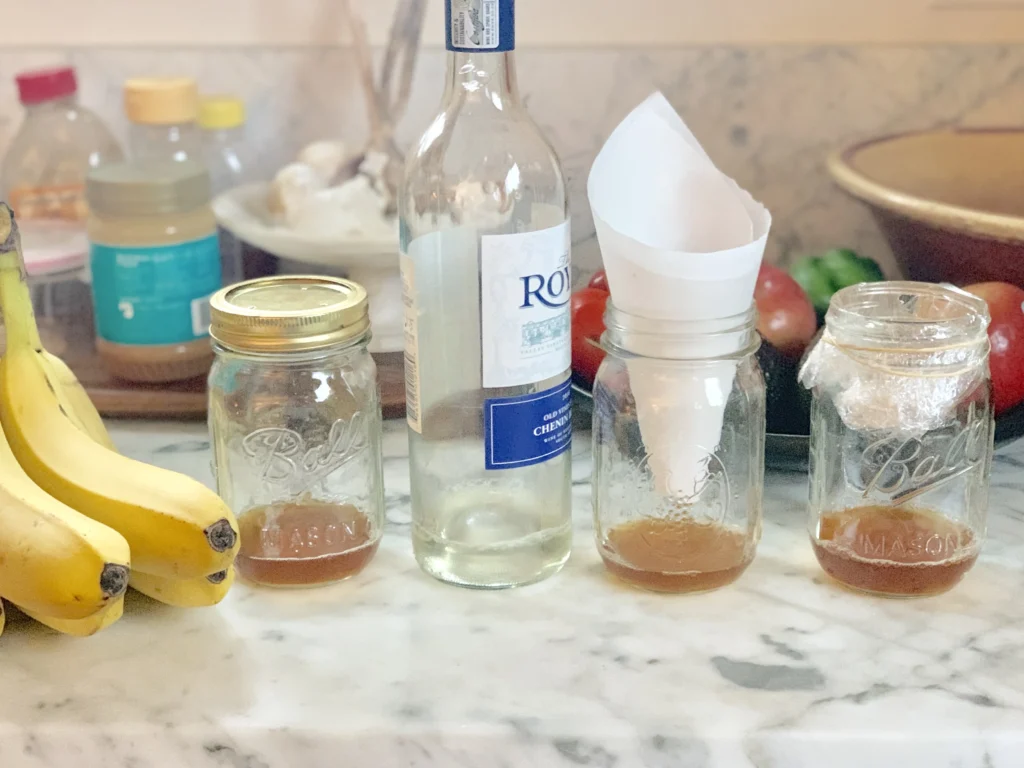
Fruit flies can become a significant nuisance in your kitchen. These tiny invaders multiply quickly and are drawn to ripe or decaying produce and other organic matter. With their fast reproduction cycle, it’s crucial to employ effective strategies to eliminate them. This guide offers actionable steps to remove fruit flies and keep them at bay.
Why Are Fruit Flies Attracted to Kitchens?
Fruit flies are small insects that thrive around fermenting foods, sugary residues, and damp environments. A single female can lay up to 500 eggs on surfaces like ripe fruits, drains, or trash bins, making it easy for their population to explode if not addressed.
Common Kitchen Attractants for Fruit Flies
- Overripe or decaying fruits and vegetables.
- Dirty dishes or food scraps left in the sink.
- Sticky spills on countertops or floors.
- Open bottles or cans of sugary drinks.
- Moist areas like garbage disposals, drains, and trash bins.
Steps to Eliminate Fruit Flies
Locate the Source of Infestation
Identify where fruit flies are breeding by examining:
- Fruit bowls containing ripening or rotting produce.
- Trash bins and recycling containers that are not emptied often.
- Sinks and drains with organic buildup.
- Forgotten or spoiled food in pantries or cupboards.
Thorough cleaning of these areas is essential to halt their reproduction.

:max_bytes(150000):strip_icc()/How-to-prevent-fruit-flies-FT-BLOG0724-7060ee343a7c4676af481177d290e20f.jpg)